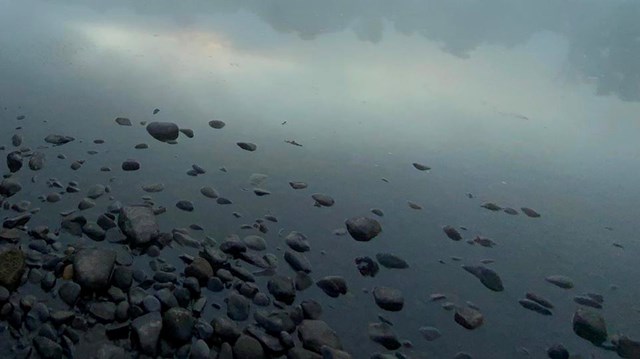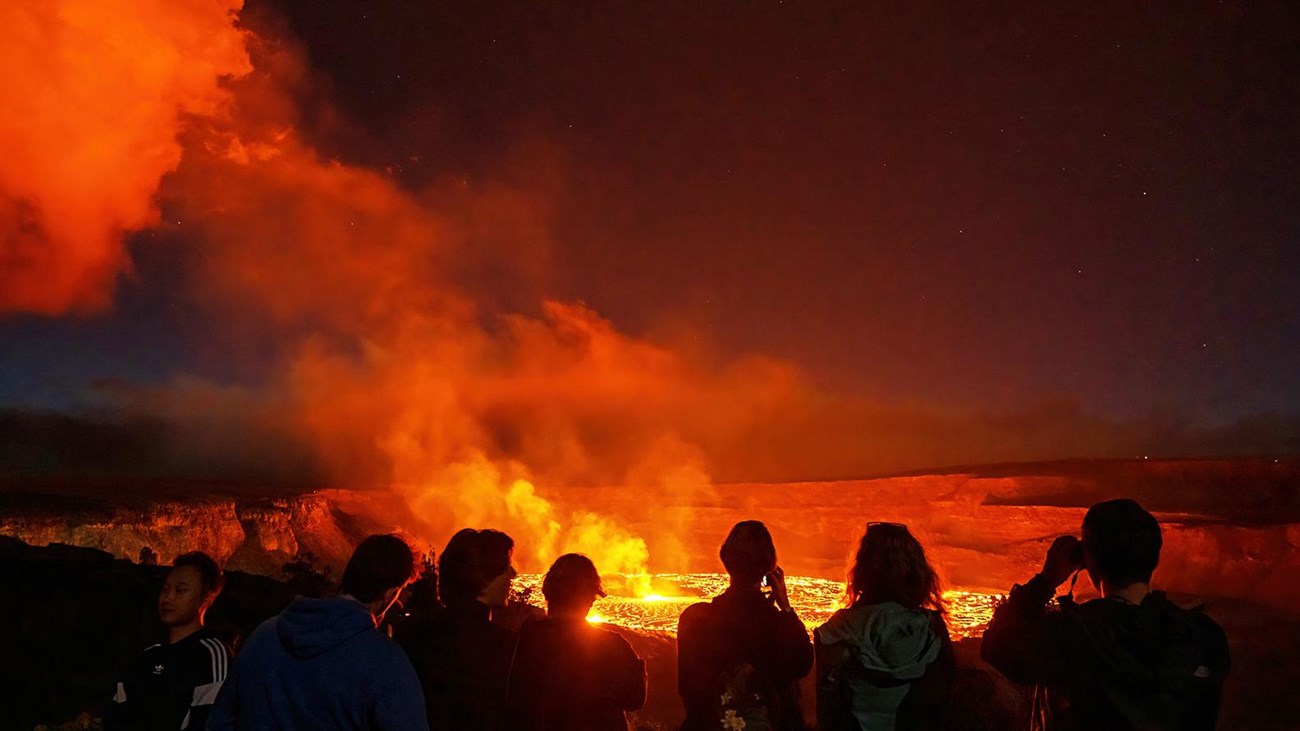Tools for Effective Decision Making
Policy sets the framework and provides direction for all management decisions. The National Park Service adopts policies and procedures to carry out the intent of the laws, regulations, and higher-level authorities that govern management of the national parks and National Park Service programs.
The NPS Directives System is the basic source of Service-wide policies and required or recommended practices and procedures. It consists of three levels of documents that comprise a policy reference library.




